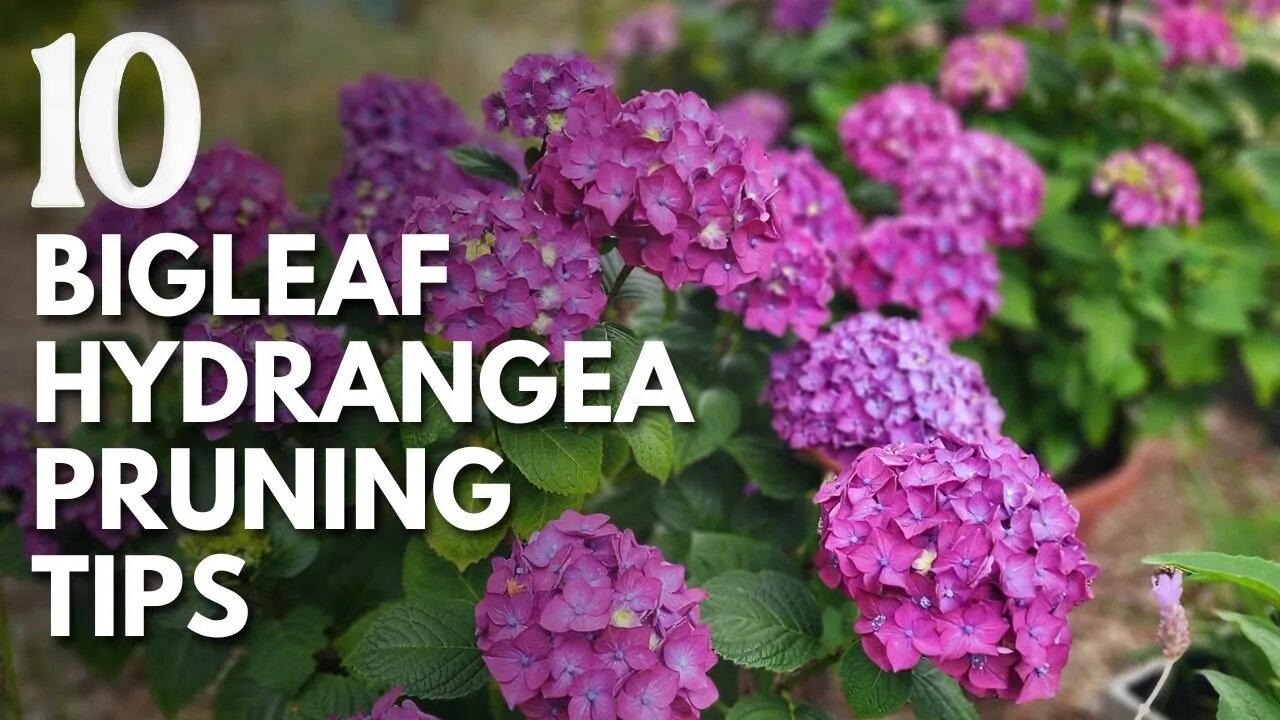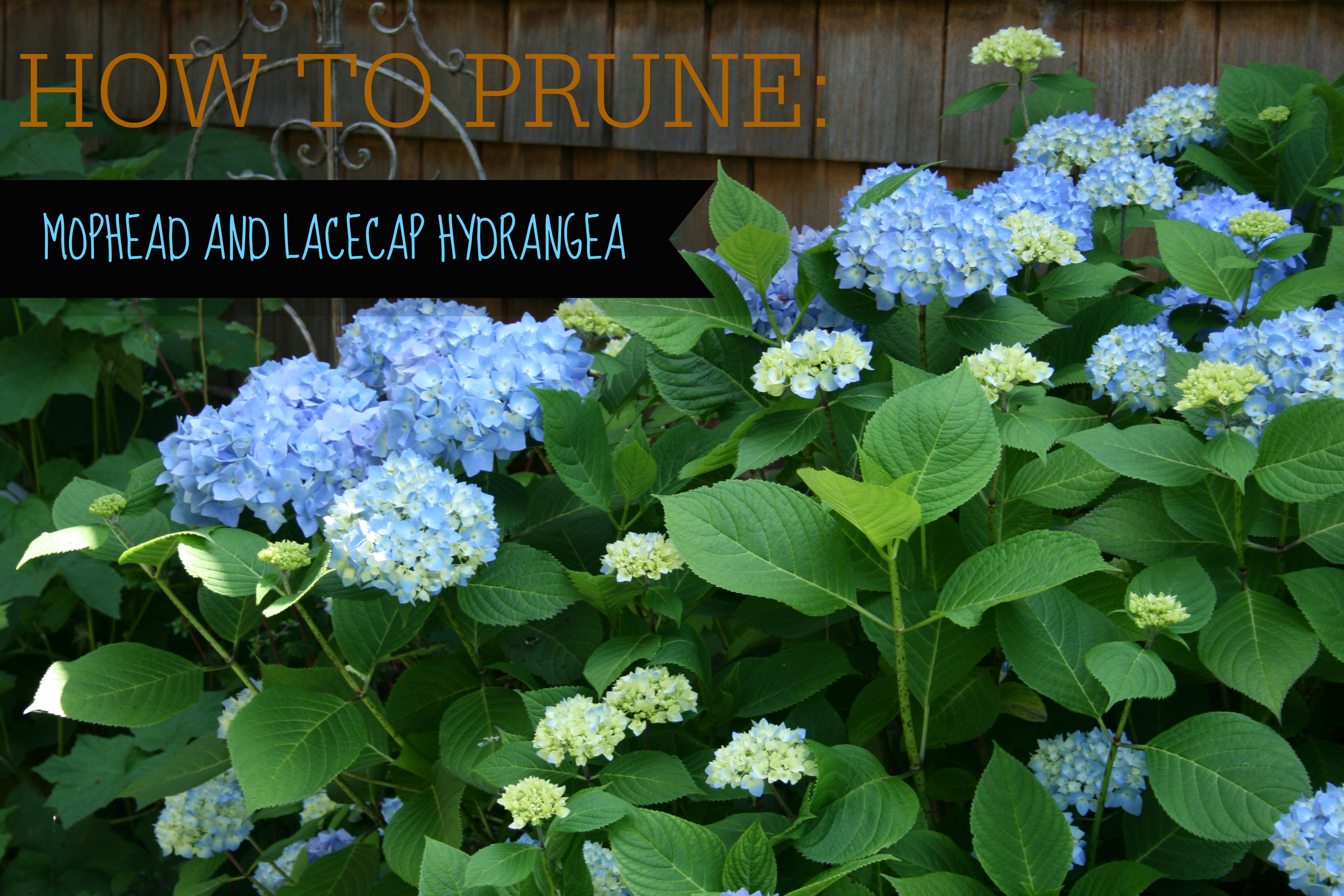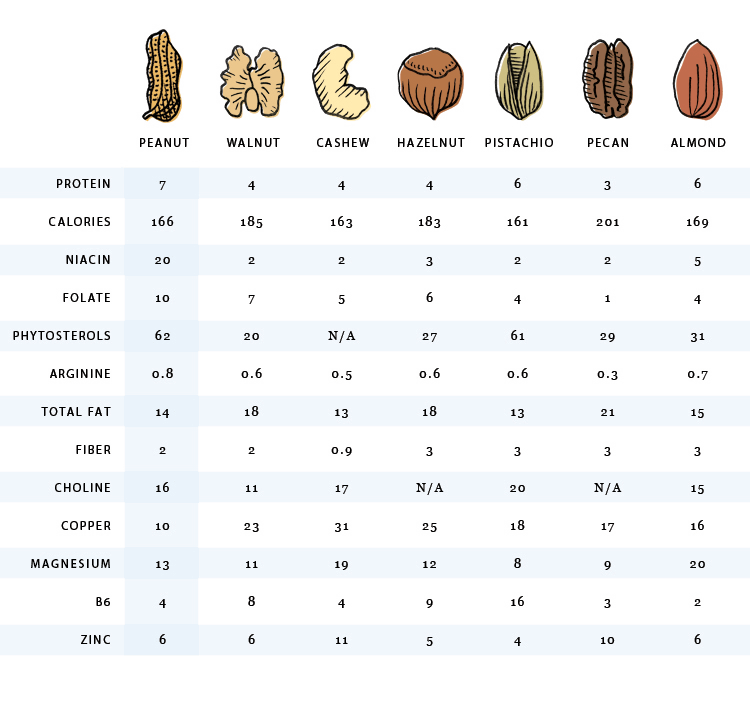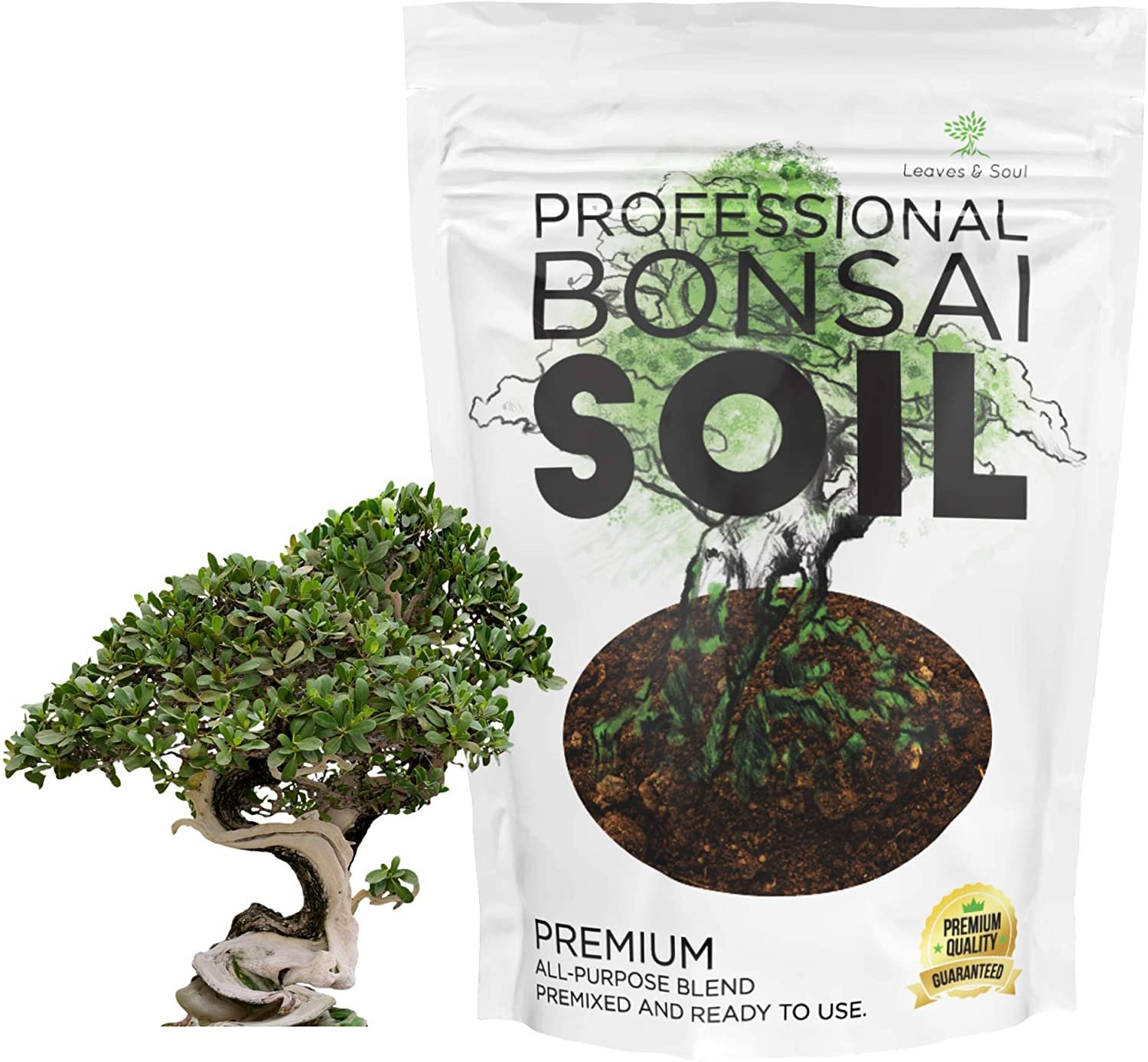Pruning Bigleaf Hydrangeas: Essential Tips for Vibrant Blooms and Growth

Standing next to my Bigleaf Hydrangeas at the end of each July, I’m reminded of my first real pruning disaster—a muggy afternoon back in 2017 when, with a brand-new pair of shears and far too much enthusiasm, I “tidied up” every stem down to a uniform height. The result? A season full of glossy green leaves…and not a single bloom the following summer. Lesson learned: these shrubs do not appreciate hedge-clipping tactics.

If you’ve ever second-guessed a snip or held your breath after a questionable trim, welcome to the club. Here’s how I’ve evolved from plant butchery to reliably stunning hydrangea displays—using strategies that have survived storms, neglectful weeks away, and one unfortunate collision with an energetic dog.
Why Most Hydrangea Pruning Advice Falls Flat
You’ll read everywhere, “Prune after flowering. Don’t cut in spring.” But advice like that doesn’t help much when you’re facing a tangled mess of stems and can’t tell old wood from new. My turning point was getting specific about what actually works on real shrubs growing in unpredictable backyard conditions—not just theoretical best practices.

Field-Tested Steps for Pruning Bigleaf Hydrangeas
1. Timing Isn’t Just a Date—Watch Your Plant
Calendar reminders are helpful (I mark August 1st as “Hydrangea Audit Day”), but more important is reading the plant itself:
- When old blooms brown and petals drop easily, grab your pruners.
- In zone 6b (where mine struggle through humid Missouri summers), that means late July—sometimes early August if it’s been rainy or cool.
- If you see swollen buds at stem tips in spring, hands off until after the next bloom cycle.
2. Deadheading With Precision
There’s a difference between snapping off deadheads and encouraging next season’s flowers:
- Always cut about half an inch above the highest DOUBLE set of healthy leaves beneath each faded bloom.
- I use Felco #2 pruners—the bypass action lets me slice cleanly without crushing tender tissue.
- Old flower stems feel woody (“nails on a chalkboard” gritty), while new growth is softer and greener—use texture as your guide.
3. Thinning Is Not Optional
Whenever I skip thinning, my hydrangeas develop powdery mildew by late August due to poor airflow.
- Each summer, I remove at least two to three obviously dead branches per mature shrub; they snap dry like kindling.
- Crowded centers? Snip out weak stems rising from the base—I aim for no more than five main trunks per plant for maximum air flow (that number came from years tweaking overcrowded bushes that constantly flopped in storms).
4. To Shape or Not To Shape? (Hint: Err On Conservatism)
Every gardener has that urge—just “even things up.” My hard rule:
- Never cut more than one-third total volume at once (I learned this after a 50% reduction left me flowerless in ‘18).
- For stray branches, shorten just beyond an outward-facing bud rather than chopping whole sections—even if one side looks wonky now, new growth will balance things within two seasons.
5. Assess Like You’re Judging Art
After every cluster of cuts, I step ten feet back and kneel so my eyeline is level with the base. You want:
- Sun dappling through the canopy
- No crossing/rubbing stems near center
- Plenty of sturdy canes topped with paired buds
It might look sparse now—but by mid-spring next year you’ll be grateful for every gap you made.

Real-Life Problems—and What Actually Worked
The “Jungle Shrub”:
My neighbor’s never-pruned hydrangea towered five feet tall but only bloomed on outer tips each year.
Fix: We marked oldest canes with flagging tape in August and removed them after flowering over two seasons—not all at once—to avoid shocking the root system. By year two: triple the blooms inside and no disease issues.
Spring Prune Regret:
A client called in panic last April—they’d sheared all canes down to knee height after seeing dried tips (“to clean things up before Easter!”). That summer: zero blooms.
Recovery Plan: No further pruning; let everything regrow undisturbed until post-blooming August, then resumed light thinning only of dead wood. The following year: blossom count returned almost to normal.

Pitfalls You’ll Want to Dodge
-
Late Autumn Ambition:
Once frost falls, plants go dormant but wounds stay open longer—every time I trimmed then, blackened stubs appeared come spring.- Solution: Only prune right after blooming.
-
Overcrowding Paralysis:
A few years ago, reluctance to thin meant heavy rainstorms flattened my bushy hydrangeas completely overnight.- Solution: Remove internal spindles annually—not just cosmetic deadheading.
-
Using Dull Tools:
After wrestling through thick old stems with cheap loppers one wet September morning (and spreading Botrytis blight between plants), I switched exclusively to sanitized tools sharpened monthly.
Bonus Tip:
I keep rubbing alcohol wipes clipped under my garden bench—every few minutes I swipe pruner blades during bigger jobs; it takes seconds and greatly reduces infection risk across shrubs.
Sensory Cues & Confidence Boosts
You’ll know good pruning is working not just by sight but feel—the pruners glide rather than crunching; fresh cuts ooze faint sap if taken early enough; within days you’ll spot new leaflets responding along remaining stems. Come June next year? Blooms open in clusters where paired leaf scars remain—the payoff is tangible and dramatic.
And here’s something more personal: One summer storm toppled three of mine flat against sodden grass…yet those carefully managed major canes didn’t snap under pressure because their interior was clear enough for wind passage—a testament to less-is-more pruning philosophy honed over years (and failures).
What To Try Tomorrow Morning
- Walk circles around each hydrangea just after petal drop—carry chalk or ribbon markers so you don’t lose track of suspect stems mid-trim.
- Set out sharp hand pruners plus bypass loppers for older wood—you need both sizes ready for surgical precision versus brute force cuts.
- Snap photos post-prune; revisit them come spring as your progress logbook—nothing builds confidence like evidence of improvement!
- Join your local native plant group on Facebook or Nextdoor—I picked up my best airflow tip there (“keep four fingers between major stalks”) from a retiree who grows competition-winning mopheads!
Hydrangeas—especially Bigleaf—reward careful observation far more than any rigid theory ever will. When you tailor your approach based on what your plants show you each season + stay disciplined about timing/careful removal + resist drastic shape-ups…magnificent carpet-bombings of color are virtually guaranteed (not counting dog attacks). Give yourself permission to experiment—the perfect formula isn’t online; it’s waiting right outside by your soil-stained gloves and favorite pair of snips!



